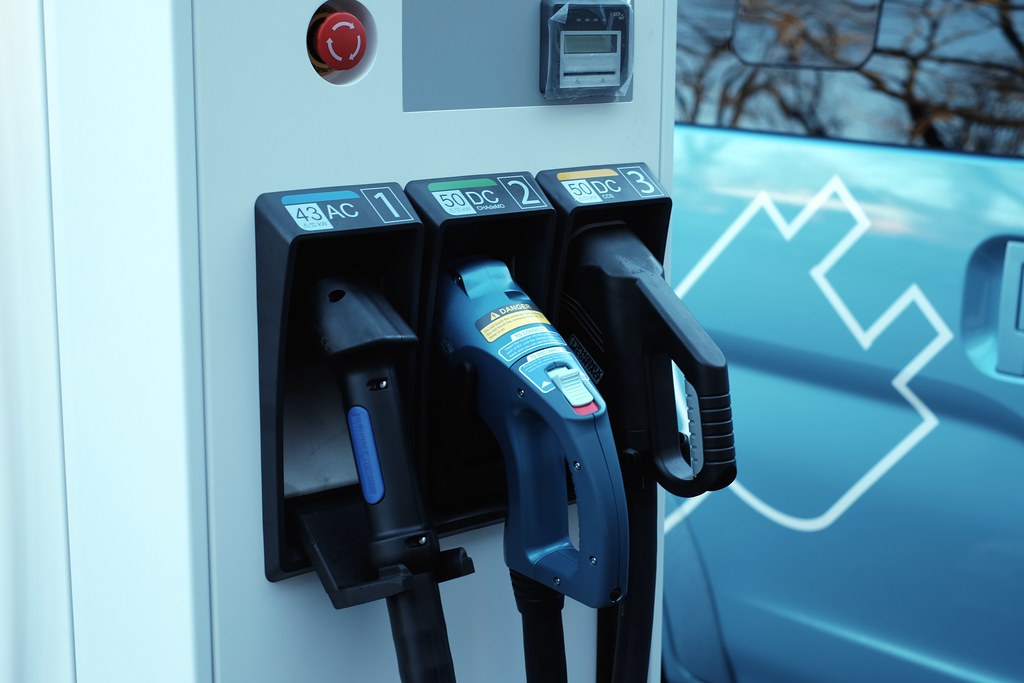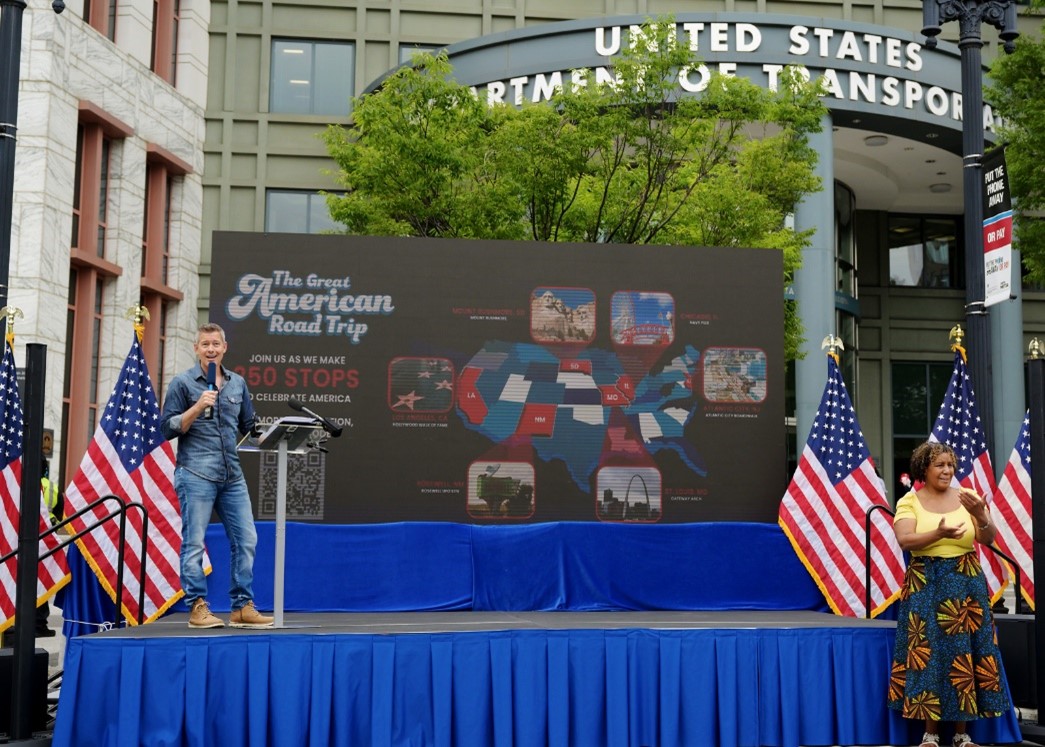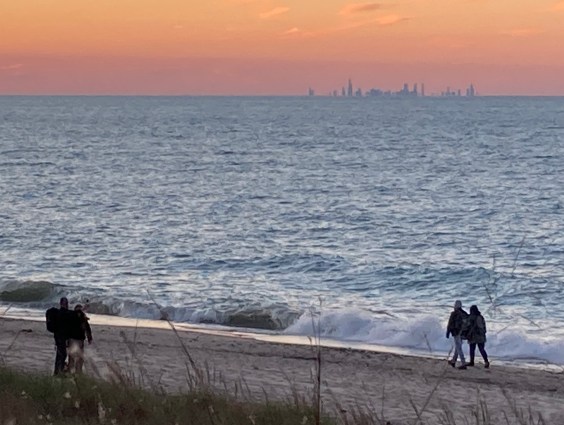- LaHood's non-binding statement of support for biking and walking: still unpopular among conservatives, truckers (AP)
- Electric car companies pressing for a new round of subsidies from Washington (WSJ)
- When is the Senate climate bill hitting public view? Not on Earth Day, says Sen. Graham (R-SC), who's concerned about "mixed messages" (Nat Jrnl via @drgrist)
- Could renting help solve the foreclosure crisis? (Wash. Indy)
- L.A. construction workers publicly lobby for faster federal funding for the city's 30/10 transit plan (LADN)
- Public-private partnerships abound, as one Orlando-area county explores a deal for new bus service (The Ledger)
- How one Carolina became a high-speed rail winner, while another lagged behind (G-ville News)
- Kansas City voters approve sales tax increase to pay for new infrastructure investment (KC Biz Jrnl)
- Transit tunnel connecting New York City and New Jersey gets $385 million from U.S. DOT (Mid Hudson News)
Streetsblog
Today’s Headlines
Stay in touch
Sign up for our free newsletter
More from Streetsblog USA
Thursday’s Headlines Are Charged Up for the Fourth
The Republican megabill is bad for the electric vehicle industry, but it could be worse.
Why is the Secretary of Transportation Begging Americans to Take More Road Trips?
Instead of making America easier to see on all modes, the US Department of Transportation is encouraging U.S. residents to just get in their cars and drive.
Wednesday’s Headlines Are for the Children
From mothers with babies in strollers to preteens on bikes, much of the U.S. is hostile to families just trying to get around without a car.
Trump Priorities Spark Sudden Reorganization of Key Transportation Research Body
"It's [an] unprecedented overreach into science."
Trump’s DOT Secretary Wants You to Drive to Midwest Landmarks; Here Are Some Car-Free Alternatives
Planning a summer trip? Here are a few Amtrak-accessible destinations.
Ambulance Data Reveals That Boston Drivers Are 4 Times More Likely to Run Over Pedestrians From Black Neighborhoods
"Overall, residents of predominantly Black and Latino neighborhoods are about four times more likely than residents of predominantly white neighborhoods to be struck as a pedestrian."





